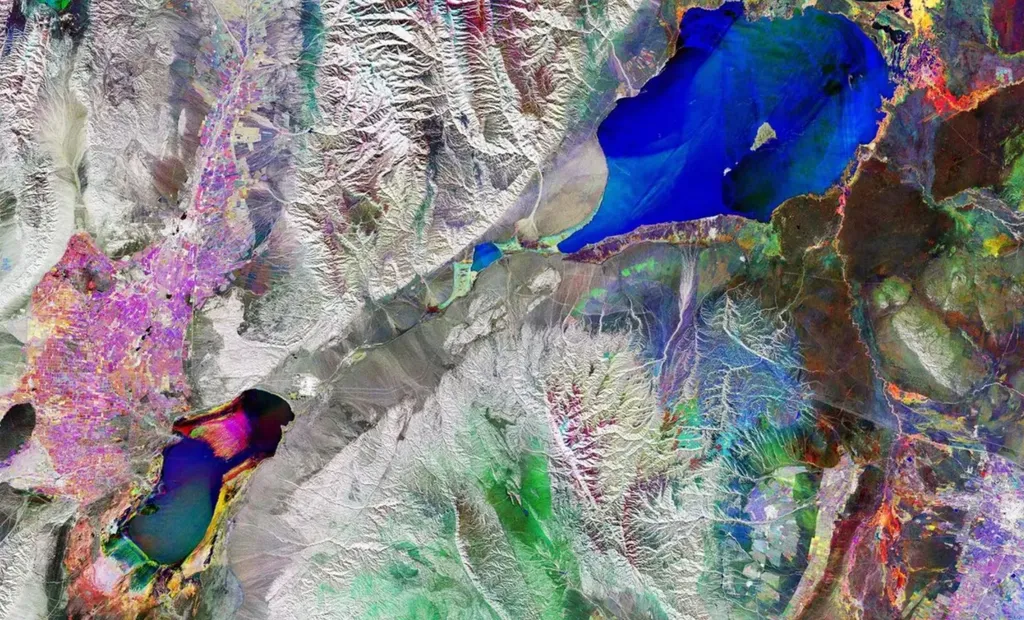In the heart of eastern Kazakhstan, a serene alpine lake named Markakol has recently been the subject of a groundbreaking study that could reshape how we understand and manage water resources in remote, mountainous regions. Askhat Zhadi, a researcher from the Department of Water Resources and Reclamation at the Kazakh National Agrarian Research University in Almaty, has led a team to produce the first centimeter-scale, high-resolution bathymetric model of Lake Markakol. This work, published in the journal ‘Hydrology’ (which translates to ‘Гидрология’ in Russian), promises to set new standards for hydrological modeling and water resource management.
For over six decades, the only available data on Lake Markakol dated back to a 1962 survey. Using outdated lead-line techniques, that survey provided a rudimentary understanding of the lake’s morphology. Zhadi’s team employed advanced hydroacoustic and geospatial technologies to achieve a vertical precision of ±0.17 meters, a significant leap from previous methods. “The accuracy of our data is unparalleled,” Zhadi explained. “This level of detail allows us to reassess key parameters like surface area, depth, and volume with unprecedented precision.”
The results were striking. While the lake’s surface area, length, and width remained stable, the maximum depth was found to be lower than previously thought (24.14 meters compared to the archived 27 meters), and the total water volume was slightly higher (6.667 cubic kilometers versus 6.37 cubic kilometers). These discrepancies highlight the limitations of historical surveys and the transformative potential of modern technologies.
The implications for the energy sector are substantial. Accurate morphometric data is crucial for hydrological modeling, which in turn informs the design and operation of hydroelectric power plants, a key energy source in many regions. “Precise bathymetric models enable better hydrodynamic modeling,” Zhadi noted. “This can lead to more efficient and sustainable hydroelectric power generation, reducing costs and environmental impact.”
Beyond energy, the study’s methods are transferable to other remote alpine lakes, providing a baseline for ecological assessment and long-term water resource management. In data-scarce regions, this approach could be a game-changer, offering a reliable framework for decision-making in water resource planning and environmental conservation.
The study’s workflow, combining hydroacoustic surveys with GIS-based analysis, sets a new benchmark for accuracy and efficiency. As Zhadi’s research demonstrates, the integration of advanced technologies can unlock valuable insights, driving progress in hydrology and beyond. With this newfound precision, the future of water resource management looks brighter, more sustainable, and more data-driven than ever before.

